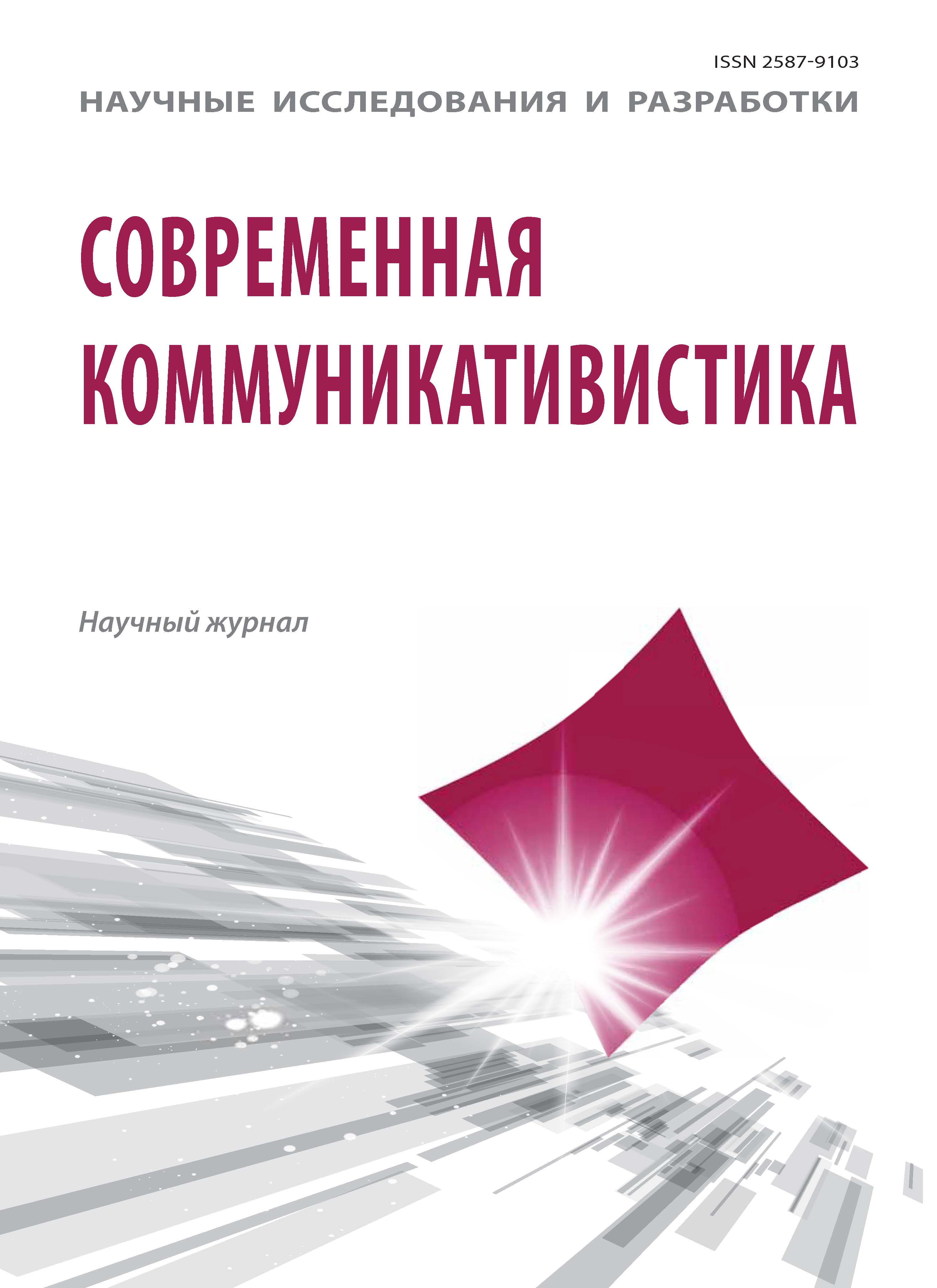Лингвистическая ситуация в Верхнем Египте характеризуется тремя вариантами арабского языка: стандартный арабский, каирский арабский, верхне-египетский арабский (ВЕА). Стандартный арабский язык используется в формальной коммуникации как устной, так и письменной. Каирский арабский представляет собой арабский диалект, используемый, главным образом, в Каире и в большинстве радио- и телевизионных программ. ВЕА — диалект, который используется в Верхнем Египте. В данной статье показано, что, хотя эти варианты принадлежат к одному и тому же языку и, следовательно, говорящие на этих вариантах легко понимают друг друга, фонологические, лексические и морфосинтаксические различия этих вариантов значительны и могут вызывать коммуникативные проблемы и создавать трудности в обучении.
лингвистика арабского языка; сравнительная диалектология; коммуникация; мультиглоссия (варианты языка).
1. The Linguistic Setting in Upper Egypt:
The main objective of this article is to illustrate how the linguistic varieties of Arabic as used in Upper Egypt exhibit significant linguistic differences at the phonological, lexical and morphosyntactic levels. More importantly, these linguistic differences could cause communicative problems as well as learning difficulties.
A careful examination of the linguistic situation in Upper Egypt reveals that it comprises three linguistic varieties: Standard Arabic, Cairene Arabic and Upper Egyptian Arabic (UEA). By Standard Arabic I mean Modern Standard Arabic as used in formal communication settings either orally or in writing. By Cairene Arabic I mean the Arabic dialect as typically used in Cairo, as well as in most radio and TV programs. By UEA I mean the Arabic dialect as used in upper Egyptian towns and villages. It should be pointed out that the classification of these linguistic varieties is subject to such factors as age, educational level, social class and geographic boundaries.
The distribution and the frequency of exposure to the three Arabic varieties mentioned above are tentatively outlined below:
Standard Arabic: e.g. Arabic classes at school; religious speeches on Fridays; formal radio talks and news programs; formal TV talks and news programs; any communication via writing & any reading activity since Standard Arabic is the only variety that has a writing system; and finally some of the cartoon films designed for children in Standard Arabic.
Cairene Arabic: e.g. most radio programs particularly serials and informal interviews and shows; most TV programs particularly movies and informal interviews & shows; children’s communication with either parent in case he or she is a native speaker of this variety; exposure to some of the cartoon films designed for children in Cairene Arabic; and most importantly, some parents are so keen for the adoption of the Cairene variety by their children due to the assumption that the adoption of this variety is viewed in upper Egypt as a symbol of prestige and social mobility.
The UEA: e.g. most of the daily communication at home, at school, and in the street; some radio serials and local radio stations developed for the upper Egyptian communities, some TV movies, informal interviews and local TV channels developed for the upper Egyptian communities.
1. Aronin, Larissa & David Singleton. 2012. Multilingualism. Studies in Language and Society. John Benjamins Co.
2. Braumuller, Kurt & Christoph Gabriel (eds.) ultilingual Individual and Multilingual Societies. Hamburg Studies in Multilingualism John Benjamins Co.
3. Ferguson, Charles.1959.’’Diglossia’’ Word, 15:325-337
4. Ferguson, Charles. 1989. ‘’Grammatical Agreement in Classical Arabic and the Modern Dialects: A Response to Pidginization Hypothesis,’’ Al-Arabiyya,22.
5. Mahmoud, Abdelgawad T. 2004. On the Linguistic Situation in Upper Egypt: An Ecolinguistic Study. Proceedings of the 2nd International Conference on Development and Environment in the Arab World. Assiut University, Egypt.
6. Mahmoud, Seiny. 1973. ‘’Diglossia and Foreign Language Teaching’’ Bulletin of the Faculty of Arts, University of Riyadh, Vol 13.
7. Kaye, A. 1970. ‘’Modern Standard Arabic and the Colloquials,’’ Lingua 24:374-412.







